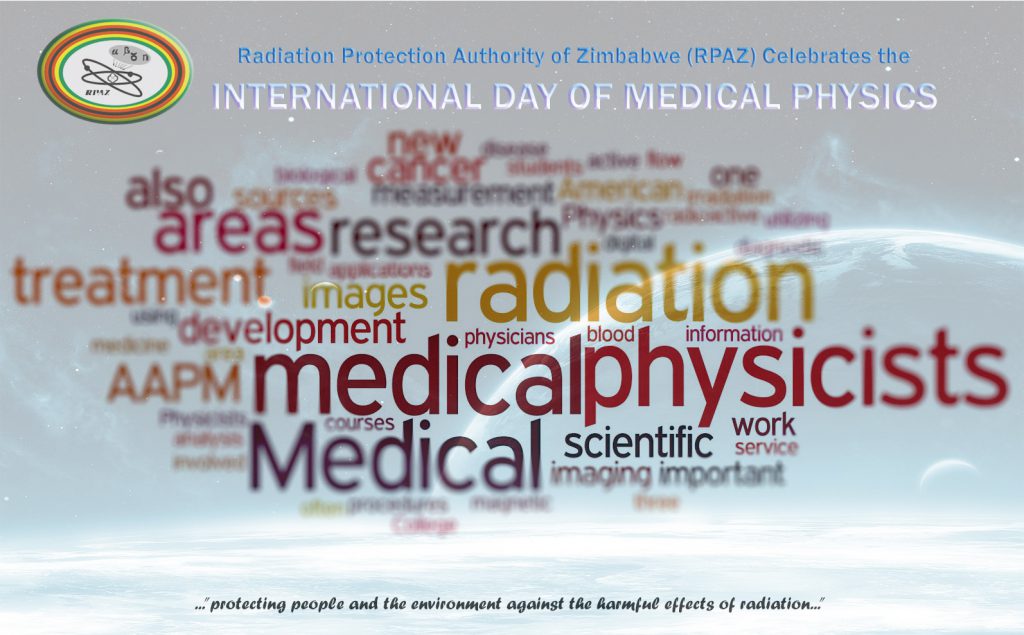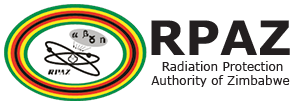
To raise awareness about the role of medical physicists, The Radiation Protection Authority of Zimbabwe joins all Medical Physicists in celebrating the International Day of Medical Physics. joins the medical physics community to celebrate the International Day of Medical Physics (IDMP) on November 7, an important date for medical physics.
Medical Physics is the application of physics to medicine. It uses physics concepts and procedures in the prevention, diagnosis, and treatment of disease. Medical Physics fulfils an important role in medicine, in biological and medical research, and in the optimisation of certain health related activities. Medical Physics includes areas such as Radiotherapy physics, Diagnostic Radiology physics, Nuclear Medicine Physics, and Radiation Protection. Diagnostic Radiology and Nuclear Medicine are often grouped in what is termed as “Diagnostic Imaging”, although there are therapeutic aspects of Nuclear Medicine associated with Radiation Therapy. Other areas of interest in Medical Physics include the measurement of ionising radiation, magnetic resonance imaging, and the application of lasers, ultrasound, and other technologies which utilise physics concepts as applied to medicine. The scope of duties of medical physicists covers a wide array of activities in modern hospitals where radiation technology is used. As part of a team of health professionals, medical physicists play a central role in assuring the safe and effective use of radiation in medicine. These goals of quality are achieved through the use of QA/QC protocols in the context of radiation-related technologies, radiation therapy dose planning and verification, diagnostic image optimization and dose reduction, and data management and analysis, all of which are based on an in depth understanding of radiation physics principles and radiation technology. The information presented here is aimed at providing the practicing medical physicist with a resource of practical material, as well as guidance for working in clinical situations. Furthermore, some of the materials are very useful in the support of teaching programs.
[ngg_images source=”galleries” container_ids=”16″ exclusions=”80,81″ display_type=”photocrati-nextgen_basic_thumbnails” override_thumbnail_settings=”0″ thumbnail_width=”240″ thumbnail_height=”160″ thumbnail_crop=”1″ images_per_page=”20″ number_of_columns=”0″ ajax_pagination=”0″ show_all_in_lightbox=”0″ use_imagebrowser_effect=”0″ show_slideshow_link=”1″ slideshow_link_text=”[Show slideshow]” order_by=”sortorder” order_direction=”ASC” returns=”included” maximum_entity_count=”500″]
